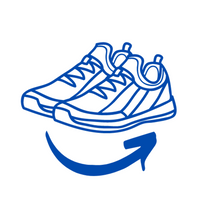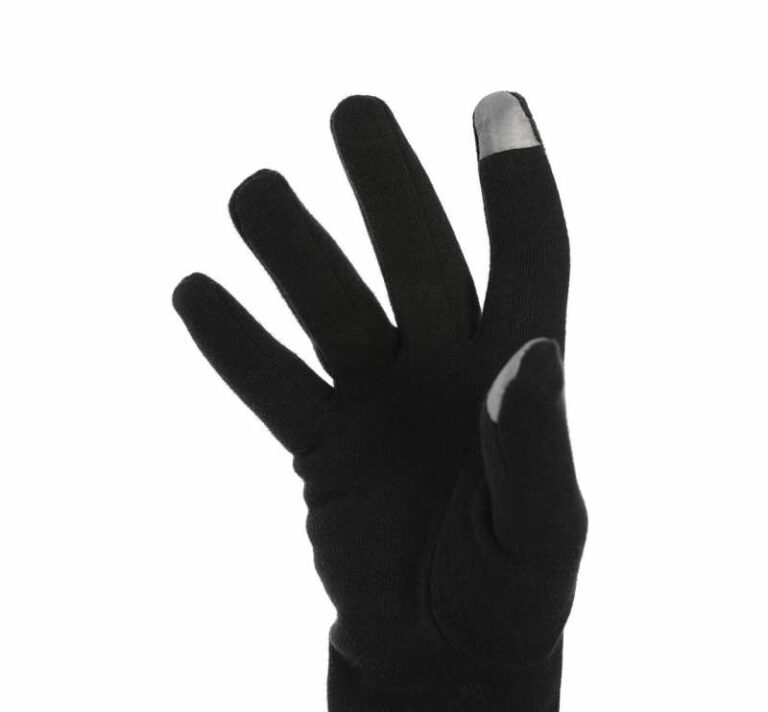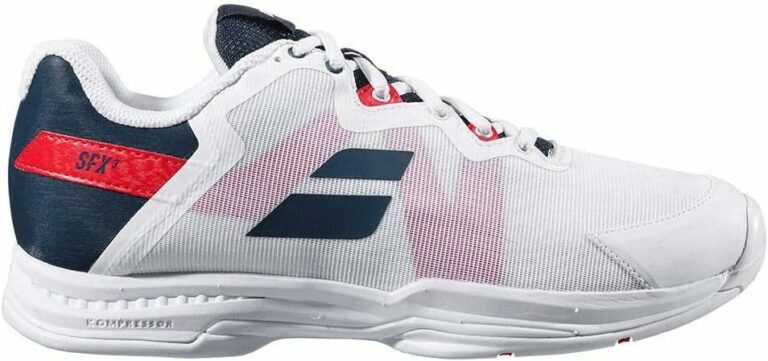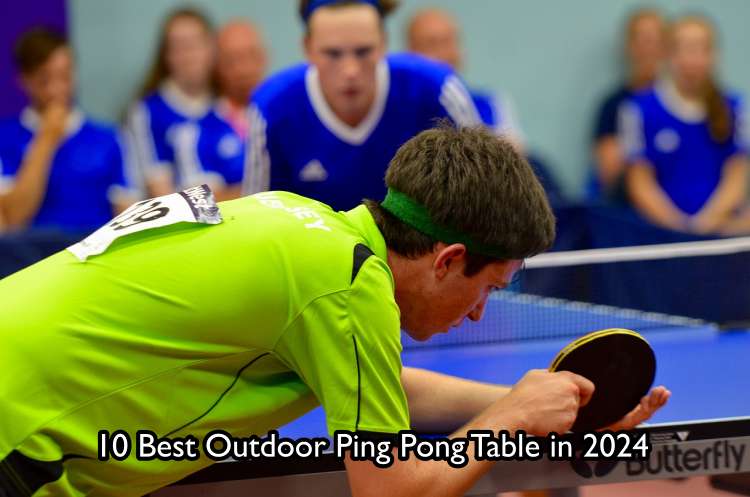Best Shoes For Pigeon Toed Adults in 2024 – Expert’s Reviews
Consider supination running shoes if ankle issues are affecting your stride. These sneakers have been created to support your feet and assist your motion when running. This makes them more costly than ordinary running shoes. Black Friday specials provide substantial reductions on some of the top models. Amazon has the amazing Adidas Women’s Ultraboost Light running sneakers at half price, saving you over $100.
Running with your weight on the outside of your foot is called supination or underpronation. You may not feel each stride fully. Supination increases the risk of injury for runners on roads, trails, or treadmills if neglected.
How do supination running shoes vary from others?
“Anything too flexible or soft will lead to early fatigue on the outer border of the outsole – then the danger of injuries will increase,” musculoskeletal podiatrist Anne-Marie O’Connor told Live Science. “A maximalist trainer’s thicker midsole and lower offset or drop help with foot contact. This aids midfoot sprinting and stress absorption.”
We provide shoes for supinated runners and those who require extra support. Live Science has compiled a list of top-rated running shoes for all budgets and runners. Find the finest supination running shoes below, whether you’re starting out or preparing for your tenth marathon.
Best running shoes for supination
Asics calls the Gel Nimbus 25 “the most comfortable shoe in the world”. It’s a comfy shoe for long runs and recovery runs with 20% more midsole cushioning than its predecessor.
It fits true-to-size, which is great for internet shopping, and the style is more current than before.
The Gel Nimbus 25 features Asics’ fresh PureGEL™ rearfoot technology. This improves stride transitions and impact absorption.
We recommend the Asics Gel Nimbus 25 for simple everyday runs. It’s no race day shoe since the extra cushioning makes it less versatile for faster workouts. You’ll pay for a fresh release.
The Nike Air Zoom Structure 24 is a neutral running shoe with lots of heel padding and cushioning to keep your joints fresh for mid-long distance runs. The shoe weighs 11oz/312g with this cushioning, thus it wasn’t light enough for quicker runs. However, they functioned well as a daily shoe for long distances and easy kilometers.
The Dynamic Fit lacing system locked our feet in place, and the midsole rises along the sides of the foot, particularly the medial arch, to prevent pronation and supination.
Air Zoom in the midsole forefoot may divide views. Being designed for a more responsive run, it felt bumpy. This didn’t affect our running performance, but it did lower the shoe’s comfort grade.
The Structure scored 24 points for adaptability. Distance sessions, recovery runs, and leisurely kilometers are its strengths, while shorter runs and speedwork are not. Due to their basic monochromatic style, we wore them daily.
For a jack-of-all-trades, look no further.
Feedback from users
The Nike website rates the Air Zoom Structure 24 4.6 stars. They fit true-to-size, are comfortable, and durable, according to buyers. One runner reported they felt too heavy for long runs after 11 miles. Others enjoyed the cushioning for regular wear and the subtle style.
The 1080 sneakers are popular with all runners, and the current edition has some excellent updates. Instead of Fresh Foam, Fresh Foam X is incorporated into the midsole, making the sneakers springier and softer. The new Hypoknit upper is airy and excellent for hot days.
V12s are roomier than their forebears, which divides opinion. Narrow-footed runners find the toe box excessively spacious, whereas wide-footed runners like it.
A softer heel counter replaces the shoe’s harsh plastic one. Many runners say this prevents blisters and gives enough grip to prevent sliding.
These shoes are popular since they’re great for fast 5Ks and leisurely runs. Additionally, they are trendy.
Feedback from users
New Balance rates the sneakers 4.2 stars out of five, with most buyers saying they run true to size. The sneakers are comfy for running and walking, according to most consumers. Some disgruntled consumers say they’re too soft.
Adidas updated the Ultraboost Light’s midsole to utilize 30% lighter foam than the Ultraboost 22, improving the shoe’s ride. Although not a lightweight speedster, the Ultraboost Light feels more agile and performs nicely for casual runs.
It’s robust, has a great outsole that grips in all circumstances, and looks nicer than other running shoes, so you can wear it while not exercising. The Ultraboost brand and design are expensive, yet the sneaker lasts long.
More solid than the soft materials in the Nike Invincible 3 and Asics Gel-Nimbus 25, the Light BOOST foam takes a few runs to break in. The Ultraboost Light is less comfortable than other shoes, but its Linear Energy Push system—a plastic shank that pushes you into your toes with each stride—makes it faster.
Feedback from users
Users on the Adidas website rate the Ultraboost Light 4.7/5 for its superb appearance and adaptability as a running and leisure shoe. The snug toe box fit and reduced weight than the Ultraboost 22 were praised by runners.
The Nike Invincible 3’s massive stack of ZoomX foam in its midsole makes it one of the most comfortable cushioned shoes. Though soft, it protects the legs during lengthy runs and has enough spring to prevent you from sinking into the midsole foam.
The Invincible 3 is bulky for quick running, but its cushioning underfoot makes it perfect for longer runs and simple everyday training.
The Invincible 3’s high, soft midsole and flexible heel shape might rub during runs, making it unsteady. The third iteration features a broader base and a new heel clip to better support the foot, but it’s still unsteady compared to comparable cushioned shoes.
Feedback from users
The Nike Invincible 3 has an average rating of 4.4 stars out of five from 110 reviews, with runners praising its comfort and stability. Some runners complained about the extra weight and the loose heel design, which irritated during runs.
The Gel-Cumulus 25 from Asics has been enhanced. It’s cheaper than the Asics Gel-Nimbus and has good midsole technology for cushioning foot striking. Even with less AHAR PLUS outsole rubber, they feel responsive for daily running.This type is lighter than the previous version by 0.3oz/10g per shoe but has less outsole rubber. The mesh top keeps the upper foot cool on hot days and tough training sessions with the same mesh and canvas combination.After Gel-Cumulus 24, the outsole structure changed. The outsole rubber is precisely positioned at the heel and toes, not everywhere.
A lightweight option to keep you injury-free and comfortable is the Asics Gel Cumulus 25.
Feedback from users
On the Asics website, buyers rate the latest Gel-Cumulus sneaker 4.7/5. The comfort and quality evaluations are ‘perfect’ and ‘excellent’.
Global Amazon ratings are 4.2/5. Amazon reviewers most often call the Gel-Cumulus 25 ‘comfortable’.
The 40th Nike Pegasus remains a flexible daily trainer for a wide spectrum of runners. The Pegasus 40 isn’t the most thrilling shoe, but the midsole is robust, solid, and comfy and has enough punch for quicker runs.
The shoe’s outsole grips in wet and dry situations and can manage minor trails if you want to go off-road. Pegasus 40s look fantastic when not running, which is rare for running shoes.
As usual with the Pegasus, the 40 is affordable, but the 39, which is nearly identical to the 40 save for the upper, may be better value.
Feedback from users
Based on 137 customer ratings, Nike rates the Pegasus 40 4.7/5. Many reviewers praised the shoe’s comfort and durability. Users liked the upper’s breathability and the shoe’s style, which looks excellent while not jogging.
How we test
Frequently asked questions
What is supination?
Supination (underpronation) occurs when the ankle slides outward, exerting more pressure on the outside foot edge with each stride. As Live Science, we sought a technical explanation. Thus, we requested a definition from musculoskeletal podiatrist Anne-Marie O’Connor.
How prevalent is ankle supination?
Most running stores will have you jog on a treadmill or squat to test for ankle supination. However, O’Connor noted supinated running mechanics are rare.
Only 10% of people have adequately characterized supinated (cavoid) feet with minimum or underpronation, she noted.
A very high arched foot can have appropriate pronation or overpronation, but not all have underpronation or are’supinated’ or cavoid.
Supination causes what injuries?
Running with supinated feet increases injury risk, O’Connor noted.
“The foot will absorb less shock if it tends to stay supinated and lacks pronation or underpronation,” she explained. “This is because running forces will be on the outer border of the foot when landing and throughout the loading phase. Loading will occur on the heel and forefoot.
“Runners can get heel fat pad, planterfasciitus, and metatarsal stress fractures here. Lateral knee and ITB friction syndrome are common upstream injuries.
“A midfoot strike and higher cadence can reduce loading on this foot type, which is more prone to injuries. It will boost efficiency.”
Our running foot placement article explains midfoot strike training.
For over 30 years, Nicolas Fonte has explored the great outdoors and tested all manner of gear. Through tireless adventures hiking the most remote trails and climbing the biggest walls, he has become the expert on rugged, reliable equipment. Now in his late 50s, Nicolas’ gear reviews are the most trusted resource for outdoor enthusiasts everywhere.

















